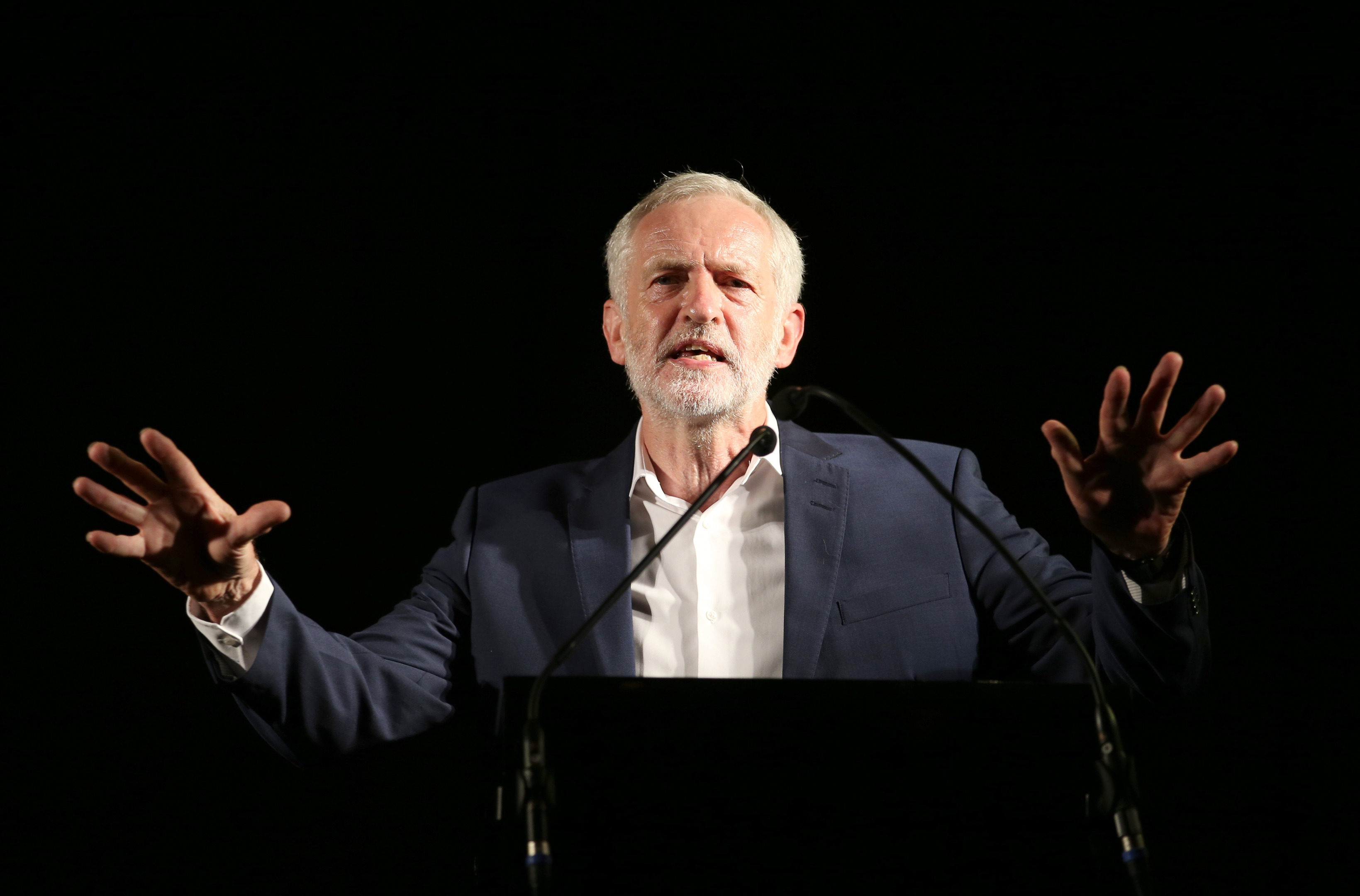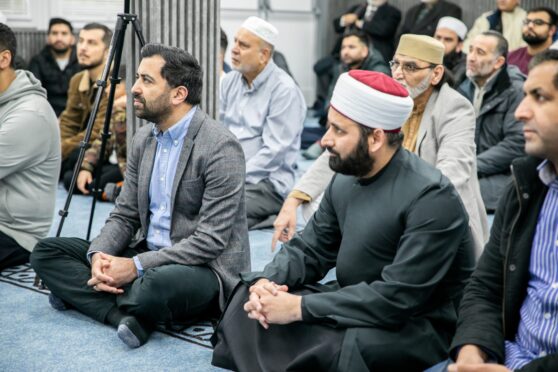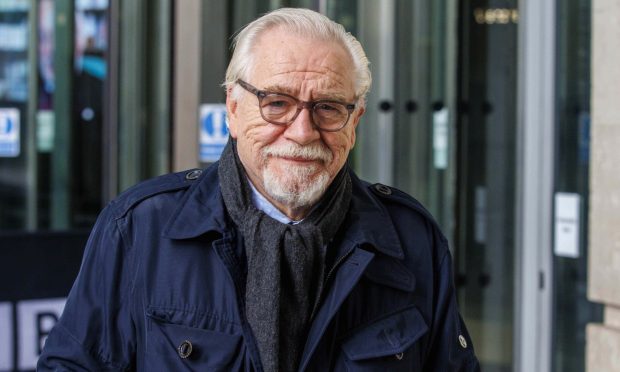Jeremy Corbyn has insisted Labour can be voted into government by promoting “socialism of the 21st century” under his leadership.
In a keynote speech closing what has been a deeply divided conference in Liverpool, the man who was re-elected to the top of the UK party on Saturday urged members to “end the trench warfare” and unite to take on the Conservatives for a general election which he said could come as early as next year.
Mr Corbyn insisted that he recognised the need to reach out beyond Labour’s core support to win over groups including middle-income earners, the self-employed and those concerned about the impact of migration.
He said: “Our party is about campaigning and it’s about protest too, but most of all it’s about winning power in local and national government to deliver the real change our country so desperately needs.
“That’s why the central task of the whole Labour Party must be to rebuild trust and support to win the next general election and form the next government. That is the government I am determined to lead to win power to change Britain for the benefit of working people.”
Despite Mr Corbyn having seen off Owen Smith by a convincing 62%-38% margin in the leadership contest, Labour has dipped as low as 26% in the polls, and the leader admitted there is an electoral “mountain” to climb if he is to have any chance of claiming the keys to Downing Street.
His speech was warmly received, although many MPs had left conference early rather than stay to watch it.
There was no elected Scottish representation with MSPs Kezia Dugdale, Neil Findlay and Jackie Baillie voting at Holyrood and Ian Murray, the sole MP north of the border, departing hours before the speech.
But, at a conference where current shadow Scottish secretary Dave Anderson did not contribute to any official discussions on Scotland, the country merited just 15 of the 5,853 words spoken by Mr Corbyn.
Mentioned by-election wins, including Mary Lockhart’s victory in Fife, he went off script following cheers from the crowd to add: “Thank you, Labour Scotland.”
Setting out the 10 pledges which will form the framework of Labour’s platform at the next election, Mr Corbyn said he was offering “greater equality of wealth and income, but also of power”.
Promises included a “real living wage” worth £10 an hour or more, a new National Education Service to be funded by levies on business, a £500 billion National Investment Bank, the renationalisation of railways, and a foreign policy with “peace and justice at its heart”.
Mr Corbyn said that the pledges were “not the Ten Commandments” and would be open to further consultation.
He insisted: “That’s not backward-looking – it’s the very opposite. It’s the socialism of the 21st century.”
But he risked stoking differences within his own ranks over immigration after making clear that he will not make cutting numbers of migrants an objective, despite calls from MPs including Andy Burnham – who announced his resignation as shadow home secretary – to respond to concerns expressed by voters in the EU referendum.






